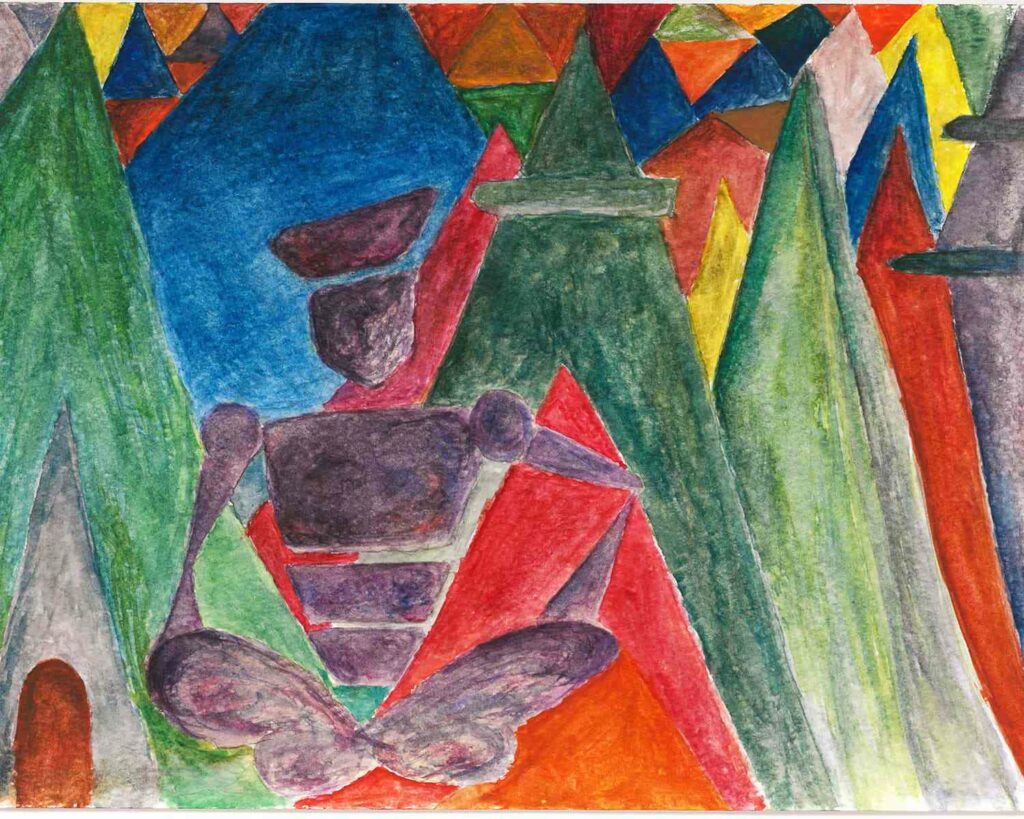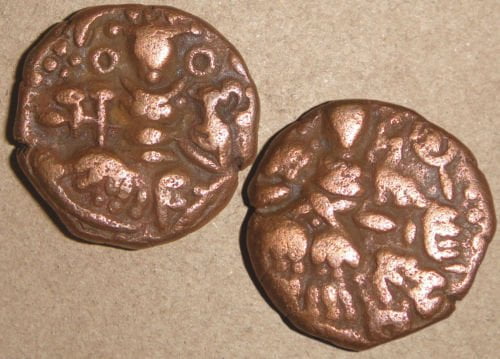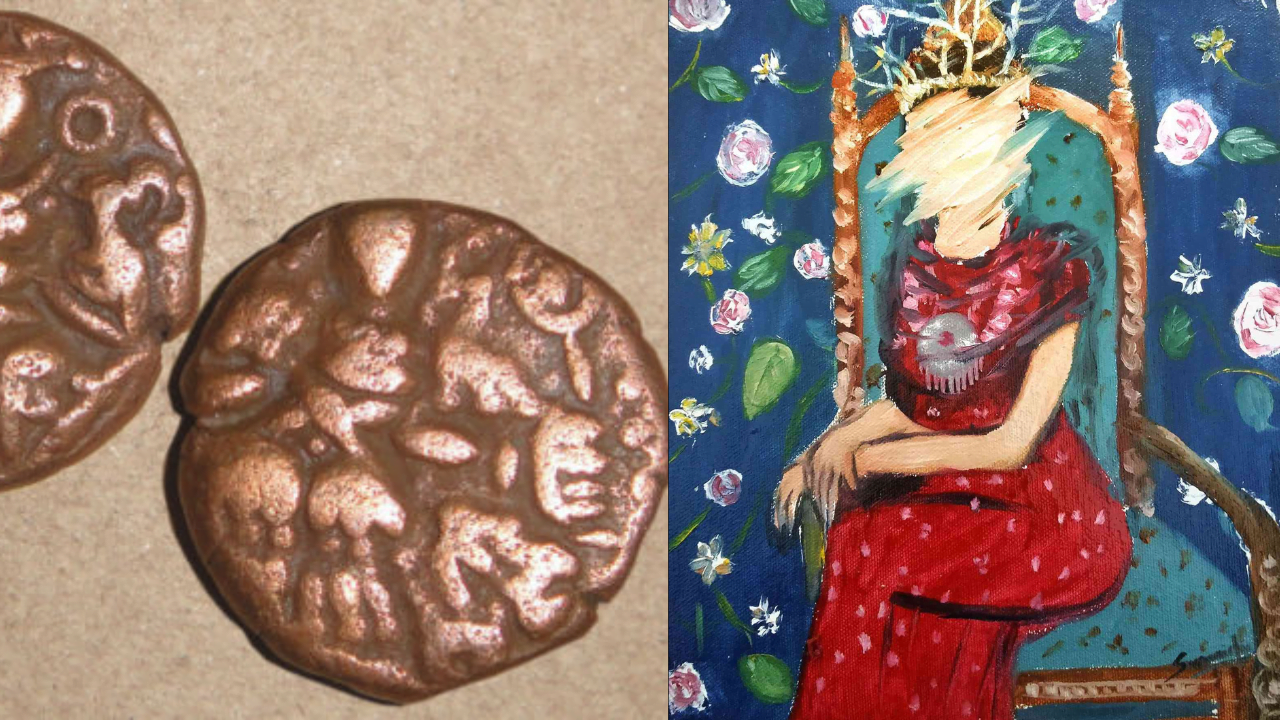Editor’s Note: FII’s #MoodOfTheMonth for March 2023 is Women’s History Month. We invite submissions on this theme throughout the month. If you would like to contribute, kindly refer to our submission guidelines and email your articles to shahinda@feminisminindia.com
Intense scrutiny of women’s bodies, their ‘conduct‘ and their sexuality is so deeply ingrained in the minds of people; it often overshadows many other aspects of their lives – their professional success, tactics for material prosperity and public recognition. A clear reflection of these conventional notions about women is found in historical writings and records as well. History being written today, like it was in ancient times, remains largely a male-dominated discipline and is largely biased against women, particularly those women who were independent and strong.
Hence we can see how P.N.K. Bamzai echoes and reinforces the views of older and more famous Kalhana (in his Rajatarangini) in their depictions of Kashmiri queens as power-hungry and/or lacking morals or emotions, as opposed to the emotion/sex-less and duty, bound Kings in his three-part ‘Cultural and Political History of Kashmir‘.
Power-hungry queens:
‘Didda The Dominating Queen‘, is the heading under which Bamzai gives us an account of the rule of queen Didda who ruled Kashmir from 981 to 1003 AD.
Besides this, no other ruler in Bamzai’s account has an adjective added to their name let alone a negative one like ‘dominating‘ (The one exception being another queen, Kota, who holds special value to Bamzai being the ‘Last Hindu Ruler‘ of Kashmir). Bamzai starts his account of Didda by telling us that her husband was so enamoured with her that he was known as ‘Diddakshema’.
Cruel, suspicious, unscrupulous, and licentious in the extreme, Didda combined in her character an inordinate lust for power with statesman-like sagacity, political wisdom, and administrative ability
Bamzai’s praise of Didda is accompanied by his description of her as ‘cruel‘, ‘unscrupulous‘ and ‘licentious‘.

Male rulers, on the contrary, possessing the same level of cruelty were accepted as strong political figures. As for her being licentious and debauched, how is her sexuality relevant to her governance of the kingdom? Most male rulers had multiple wives and numerous concubines and paramours and yet not one of them is ‘licentious’ for Bamzai. Focussing on a woman’s body and specifically, her sexuality is the best tactic employed by those who are threatened by her intelligence and intellect. Power relations of society are invested in the body; they train it, mark it and discipline it.
Also Read: Queen Didda: The Woman Monarch Of Kashmir | #IndianWomenInHistory
Sagacity and political wisdom are considered uniquely masculine in nature. The odd woman who fought her way into the circle of power had to be portrayed as an anomaly, a reminder to others that women who desired power were essentially debauched and cruel; thereby inviting social ostracisation. This is what Bamzai has to say of Phalguna once a rival and minister of Didda’s.

“This minister once hated and dreaded, became the favourite and a paramour of this dissolute old woman”
Thus, Bamzai is not only critical of Didda having a lover, but he is also critical of the fact that she is old (according to him). Throughout his account of Didda, Bamzai has shown her to be weak-minded, her mind easily poisoned and acting on petty jealousies. Rather than a calm-minded statesman she is shown to be ruled by her often destructive emotions.
“The fickle-minded queen was led astray by them and her ears were poisoned….“
The men of Didda’s family are noble, however. Through this sort of critique, Bamzai (and indeed his predecessor Kalhana) establishes and reinforces the importance and legitimate position of the family in Kashmiri society. This legitimation also serves to legitimise the subservient position of Kashmiri women in society. Didda’s son Abhimanyu-
“..himself bearing an irreproachable character became miserable and sick to see the evil conduct of his mother. He contracted consumption and died in 972 AD“
Bamzai has juxtaposed Abhimanyu’s misery at the ‘evil conduct of his mother‘ with his death, one step short of saying that Didda’s conduct had caused the latter. One is again, forced to marvel at Didda’s power who managed to make her son consumptive by her ‘evil deeds‘.
Kalhana and Jonaraja encountered outrage at Didda’s audacity perhaps because, in a society where women’s voices are hushed, this woman controlled not only the kingdom but also, its important men, their fate lay in her hands. Bamzai’s outrage, however, reaches its peak when Didda does the unspeakable- falls in love with ‘Tunga‘, a buffalo herdsman who does not share her Kshatriya status. ‘Pious men‘ are shown to induce her to ‘desist from sinful deeds‘; they ‘disliked the despicable conduct of hers‘.
Also Read: Arnimal: Kashmiri Bard of Love And Lyricism | #IndianWomenInHistory
Bamzai has interestingly chosen not to reveal in his treatise the fact that Didda was physically disabled and was carried around by a (female)porter Valga. Bamzai chose not to mention this because as a reader one might empathise with Didda and admire her more. Moreover, Bamzai also does not mention that inscriptions of that era refer to Didda by masculine epithets of deva and rajan (Rangachari, 2012). Masculine perhaps because even though Didda was a ruler, and had power and multiple lovers; these were and continue to remain characteristics of traditional male leaders across societies. Thus, the use of these epithets was the popular association of political authority with maleness and women rulers needed to conform to this to gain legitimacy from the society.
Like Didda, however, Kota’s depiction is mostly one of a ‘dominating personality’- a woman with an ‘unbounded lust for power‘. Her redeeming feature is that despite being the actual force behind the throne and resistance of the Kashmiri army against invaders, she dutifully accepted her second husband’s (Udayanadeva) supremacy (who had fled during the attack by Achala).
“Kota respectfully received him (Udayanadeva) with her head bent down, even as the eastern hill received the gloom-dispelling full moon on its head“
Kota is not attacked by Bamzai because unlike Didda she does not challenge male supremacy and accepts her subservient position to her husband. Later, when Shah Mir of Swat defeats her and demands that she present herself before him, Kota stabs herself to death. She is then the protector of ‘Hindu‘ honour. This is because the body is both deified and an ordinary territory to be conquered. As symbols for the community, the violation of women’s bodies stood for a violation of the values of the institutions they represented. Bamzai sums up his views on the rulers of Kashmir, the kings and the ‘other’- its queens by comparing their rule and ‘character’.

“…notable feature of Kashmir history is the administrative ability displayed by the queens, though unfortunately in most cases it is accompanied by dissolute character..”
“The benevolent and peaceful reigns of kings like Chandrapida, Avantivarman and Yasaskara show the value placed by the kings on high morals, truth and selfless service to the people placed in their care.”
As Rangachari notes, most of the commentators on Kashmir’s queens attributed the ruin of the political situation in the valley to them.
Also Read: Sugandha Devi: The Queen of Kashmir’s Golden Era
Whose perspective and whose authority?
The scholar Rangachari, a woman, describes another Kashmiri queen Sugandha’s rule and leadership as being supported by “strong public approval” and says that Kalhana’s account of her was largely objective. This is unlike Bamzai who again claims that she was “disliked because of her low morals“. Gender perspective alters the interpretation and reformulation of a historical account. Sugandha could not have been disliked and had ‘strong public approval’ at the same time. History and historical accounts about women rulers have been written and perpetrated through the male gaze and have upheld the institution of patriarchy by vilifying and demonising strong and powerful women rulers and common women alike.
Yasovati’s case shows us that differentiation based on gender was far greater than any regional affiliation. Yasovati wife of king Gonada I (who had participated in the Mahabharata war), was only accepted by the male courtiers of the kingdom when Krishna exhorted them to do so, reminding them that the body of the valley was goddess Parvati herself.
Two things are of notice here. Firstly, they listened to Krishna who had defeated them. Was he not an ‘other‘? Or being a part of the Brahmanical pantheon it was okay for him to dictate terms? (As opposed to Shah Mir, who while an outsider like Krishna, practised Islam)? Secondly, his authority as a man, a powerful one enabled him to – despite technically being an outsider- have more privilege than the queen of the kingdom itself!
Attention is focused on their body and conduct rather than material or political achievements. The body of the divine being is replicated in the body of its subjects. Thus the queens of Kashmir had to keep their bodies under strict discipline and their sexuality had to conform to the norms of patriarchal society, lest other women should follow their example.





